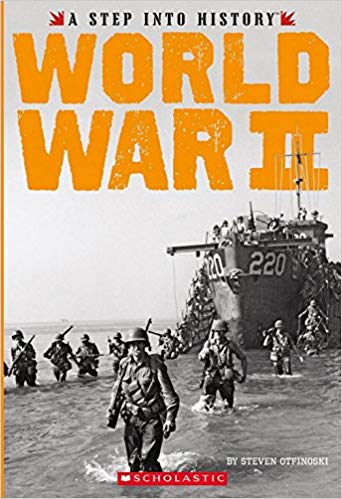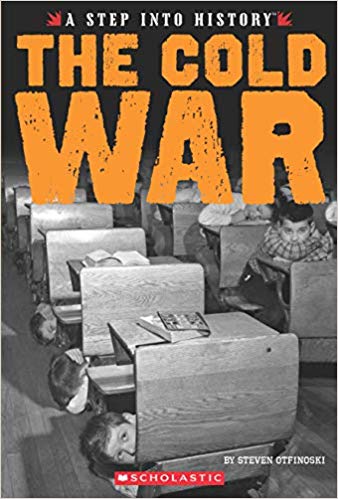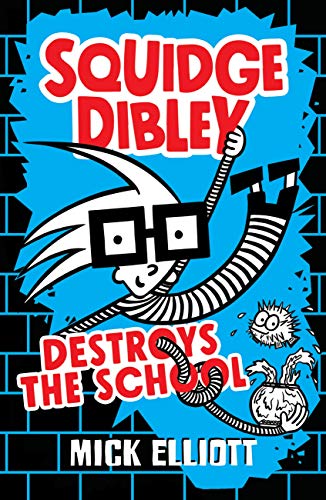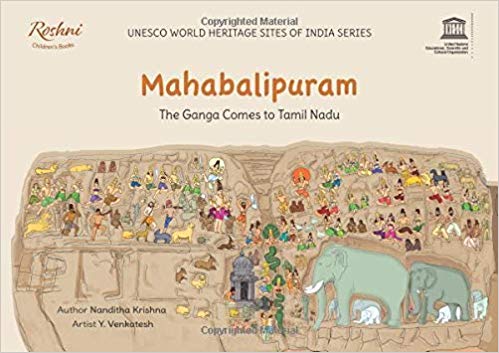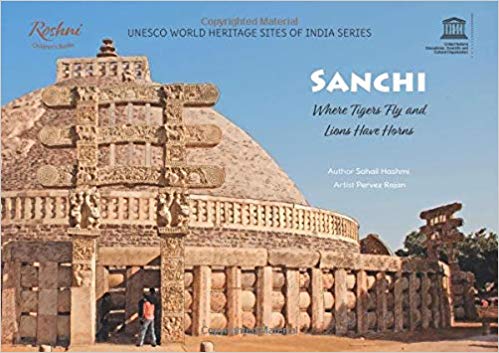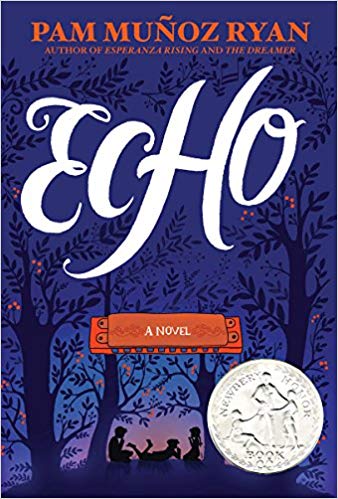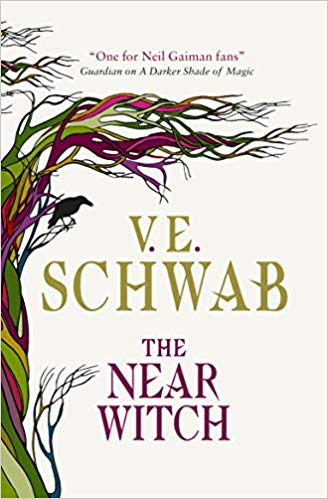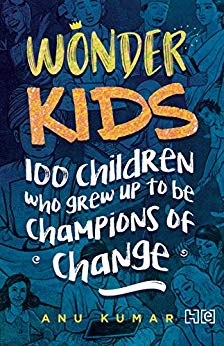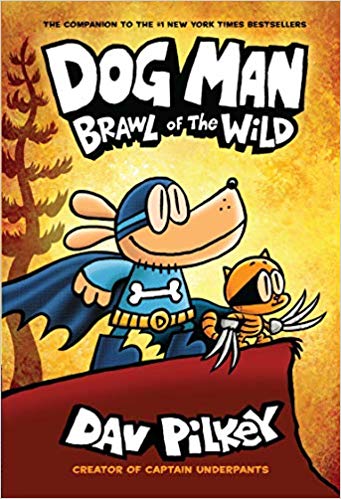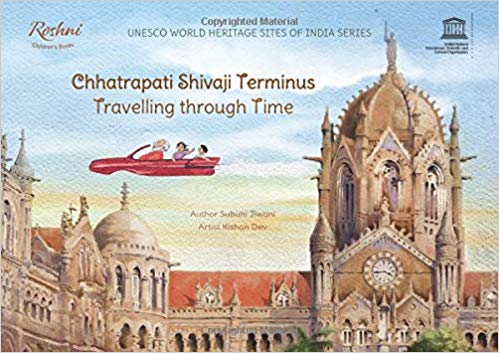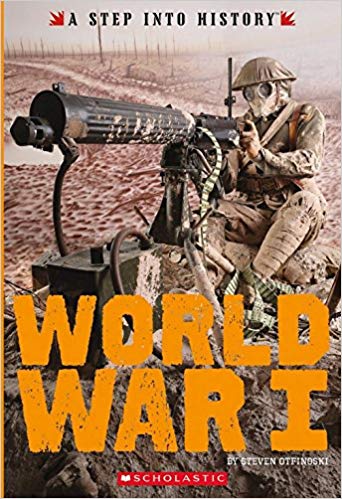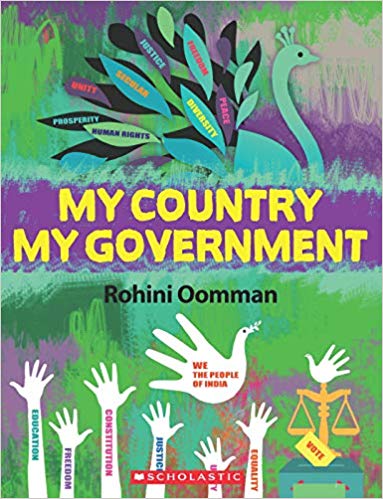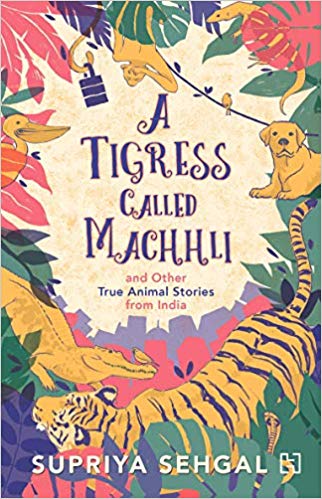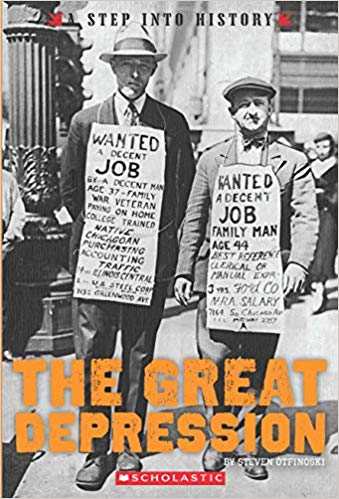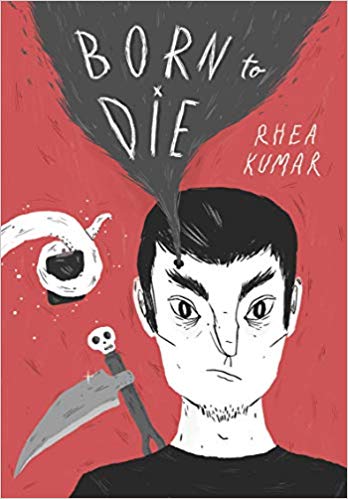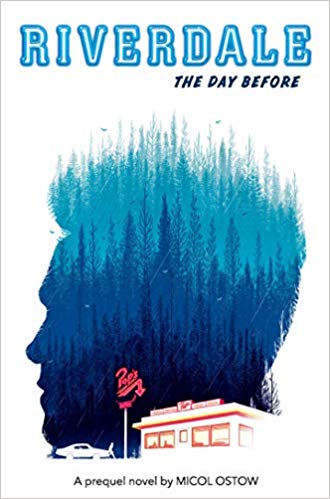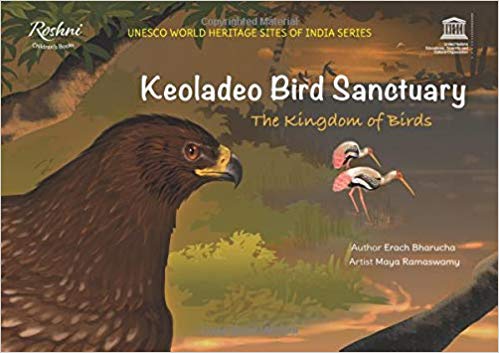Kristin Hannah’s “The Four Winds”
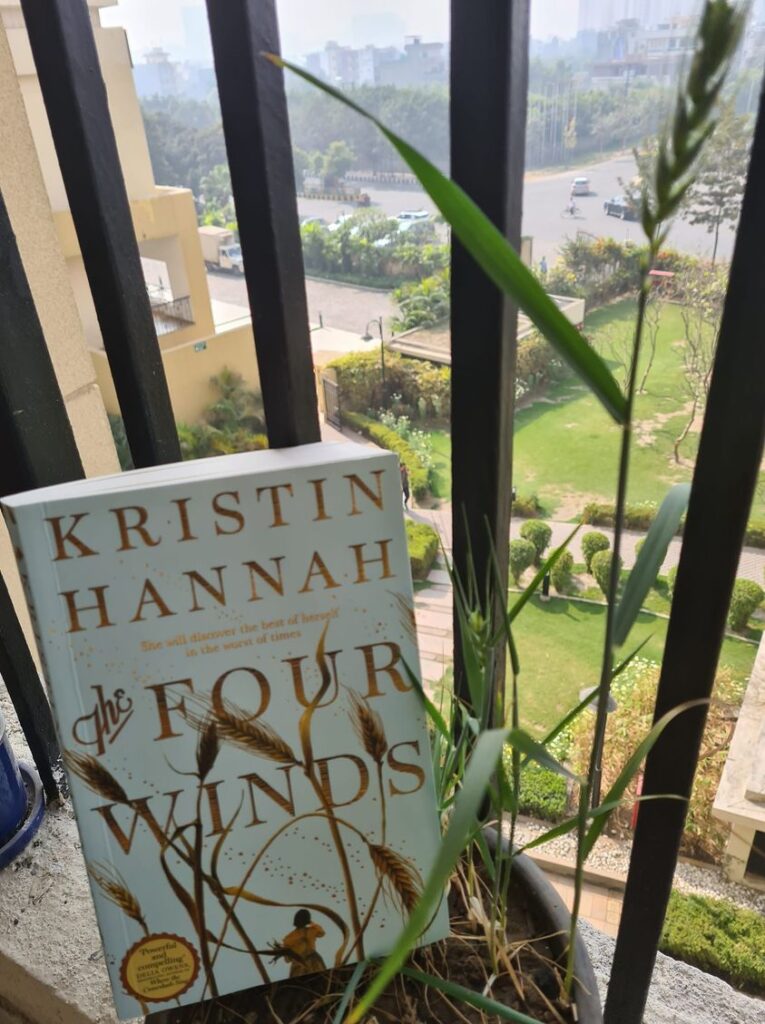
Mega-selling, lawyer-turned-writer Kristin Hannah’s The Four Winds is set at the time of the Great Depression, in the Dust Bowl era.It is about Elsa Martinelli née Wolcott. Elsa was poorly as a child and had been kept more or less confined to her room by her parents. Even when at the age of twenty-five, she was way past the acceptable marriageable age and her two younger sisters had tied the knot, Elsa continued to remain indoors, reading books and creating her trousseau. She was a voracious reader who began to see her life through stories. She yearned for her knight in shining armour and discovered eighteen-year-old Rafe Martinelli, an “Ee-talian” immigrant as her father would pronounce. Ultimately, Rafe and Elsa had to have a shotgun wedding. She readily converted to Catholicism and began to learn the ways of living off the land. A woman who till her marriage had been considered sick with a weak heart and who despite having parents who did not particularly love her, Elsa had been well provided for. But her mother-in-law, Rose, soon taught Elsa how to live off the farm. Elsa thrived. She had a couple of children more and buried one too. She learned to adjust to the ways of the marital family. But then the Great Depression occurred and everyone began migrating in search of food and better economic conditions. One day, her husband Rafe also disappeared. Finally, Elsa with her children, decided to follow and seek him out.
Bulk of the 450+ page book is an account of this journey that Elsa makes with her kids. It is a fast-paced, easy narrative that one zips through, but gives the reader sufficient markers regarding historical events. It is certainly not literary fiction where the writer’s talent would be at display at so many levels. Yet, this kind of popular fiction works very well too. In some ways it is very reminiscent of Elizabeth Goudge and Sinclair Lewis. It works for me. Vast expansive canvas to work within, the literary references in the early part of the book are readily forgotten and not pursued, but it does not really matter to the storytelling. Elsa assumes a proportion and strength in the plot that is gripping and it becomes very evident why so many readers worldwide are avid fans of Kristin Hannah’s books — humongous stories that are told in an easy going style about women facing adversity in harsh environments but emerging stronger. The stories are filled with hope not necessarily by the goals the protagonist achieves but in inspiring future generations, as Elsa does for her daughter, Loreda. As Elsa’s gravestone puts it simply “Mother. Daughter. Warrior.” This is what Kristin Hannah achieves for millions of her readers, she speaks calmly, frankly and directly to them, but focuses on ordinary lives that also have magnificently inspiring stories to tell.
When she began writing this historical fiction, Kristin Hannah was focusing on Elsa and the Great Depression but when she finished writing it in May 2020, the unmistakable parallels to the Covid-19 pandemic did not miss her. Hannah remarks on the unsettling coincidence. This is what she says:
Three years ago, I began writing this novel about hard times in America: the worst environmental disaster in our history; the collapse of the economy; the effect of massive unemployment. Never in my wildest dreams did I imagine that the Great Depression would become so relevant in our modern lives, that I would see so many people out or work, in need, frightened for the future.
As we know, there are lessons to be learned from history. Hope to be derived from hardships faced by others.
We’ve gone through bad times before and survived, even thrived. History has shown us the strength and durability of the human spirit. In tbe end, it is our idealism and our courage and our commitment to one another — what we have in common — that will save us now.
Novels like The Four Winds are easily read in a day or two. They are also easily adapted to the TV or movie screen like the current Netflix adaptation of another Kristin Hannah book, The Firefly Lane. These stories perform a useful function of helping readers combat their anxiety due to the pandemic but at the same time are fulfilling stories that are not easily forgotten. Isn’t that what you want from good storytelling?
Read it.
22 Feb 2021

